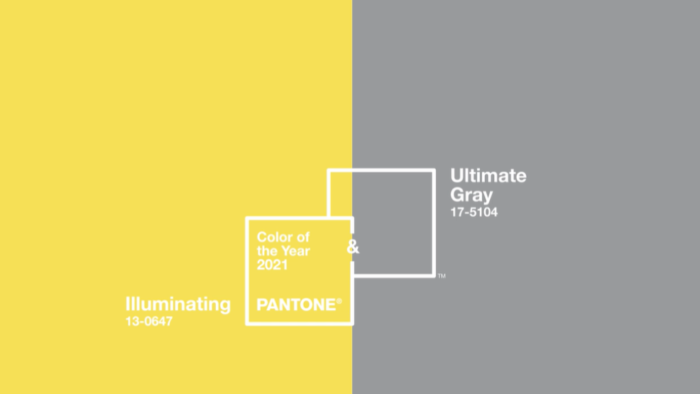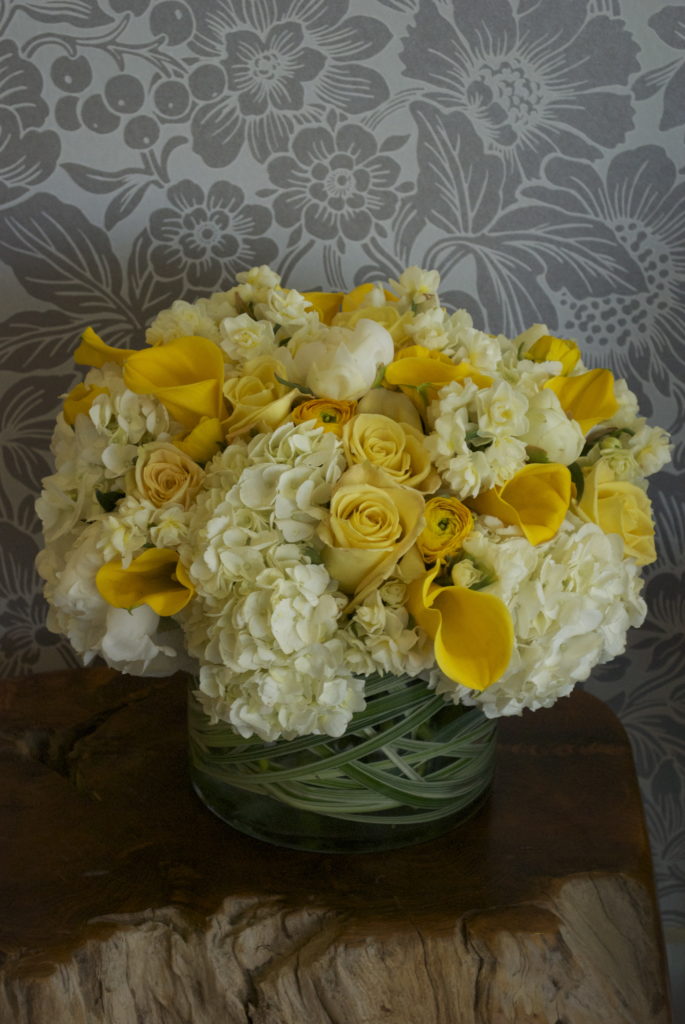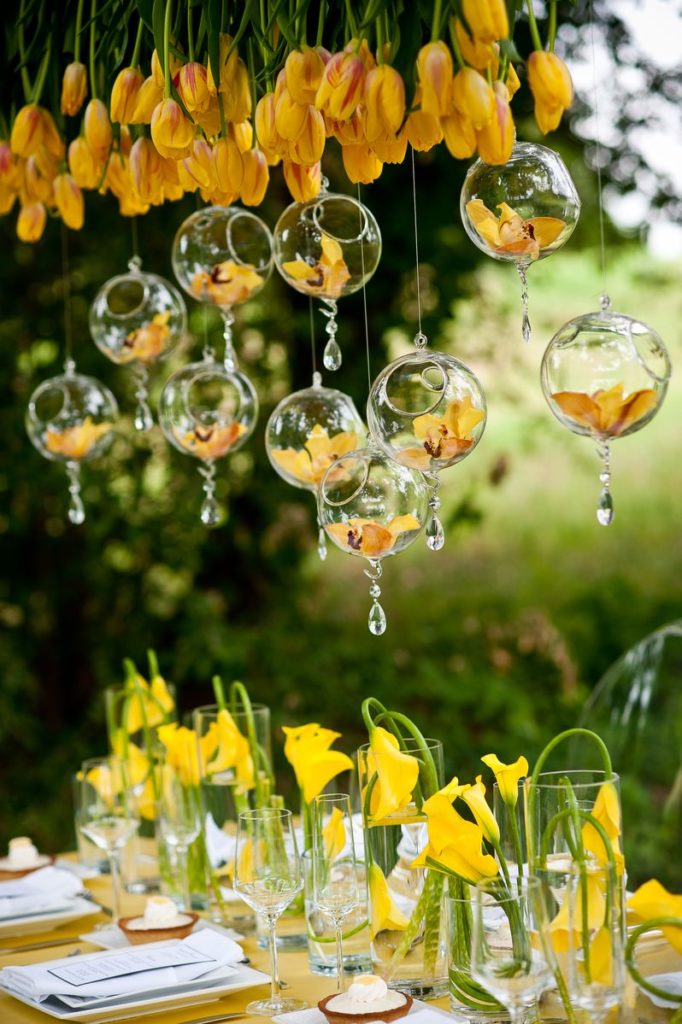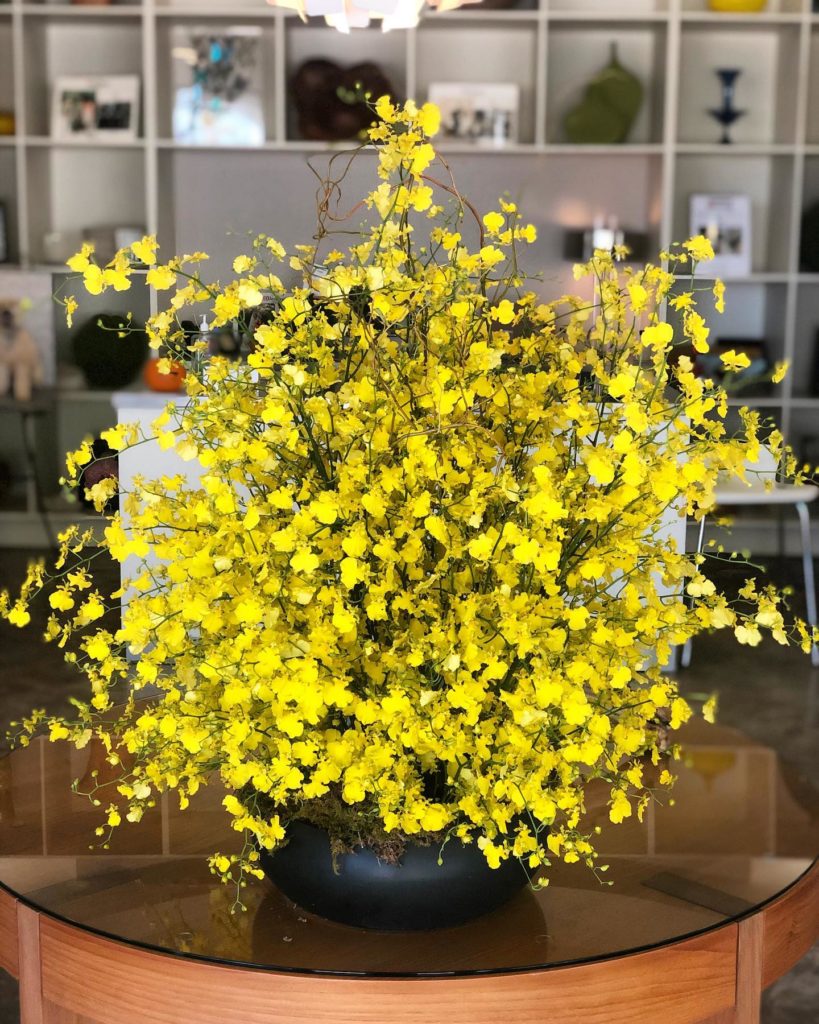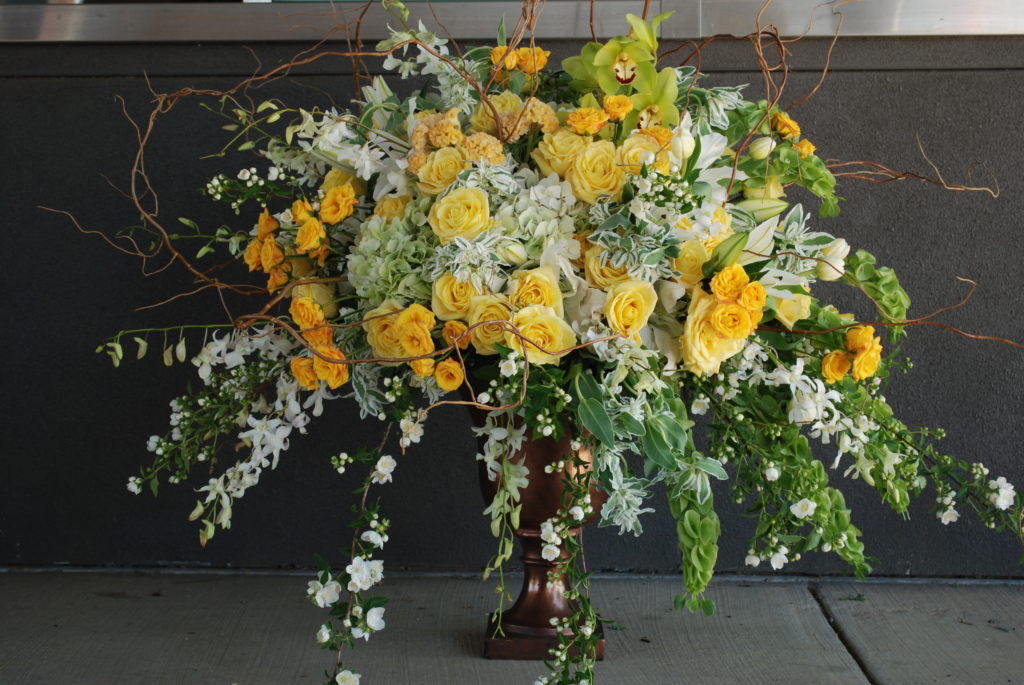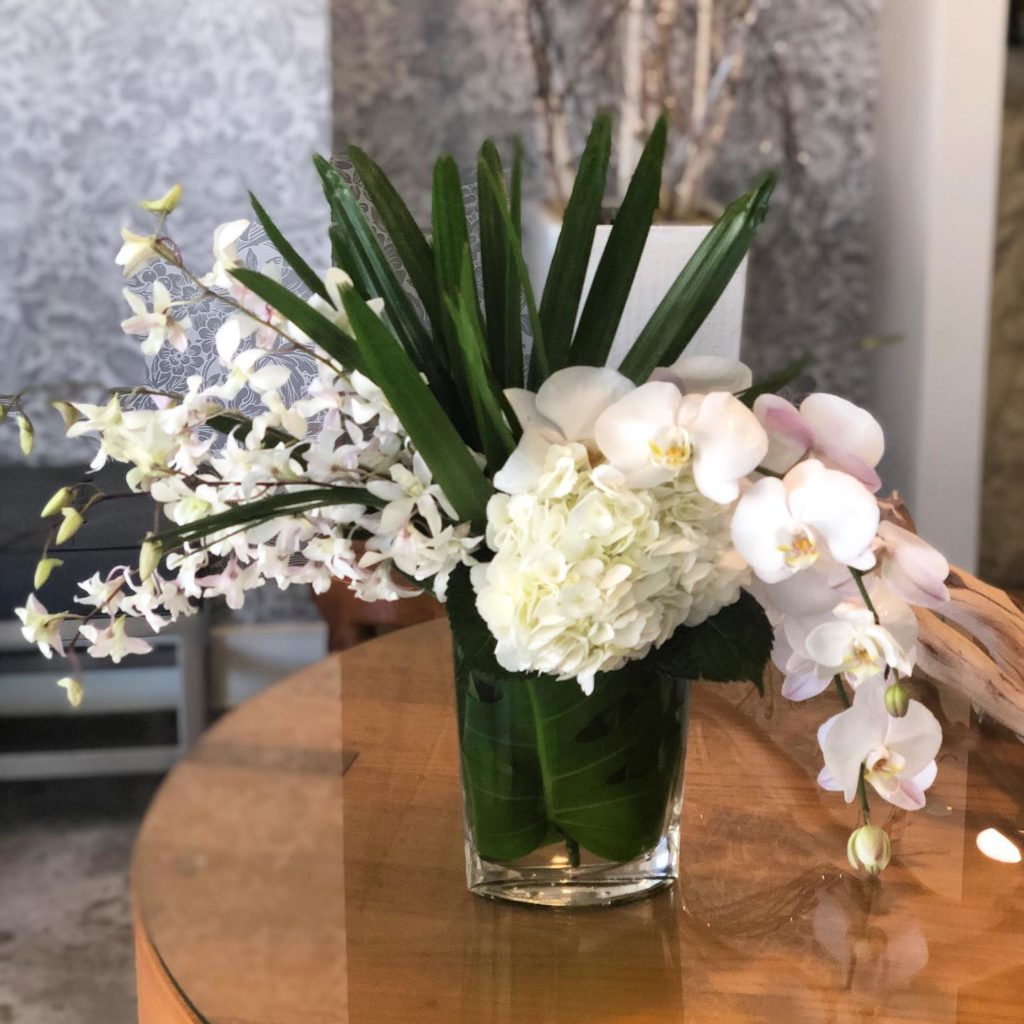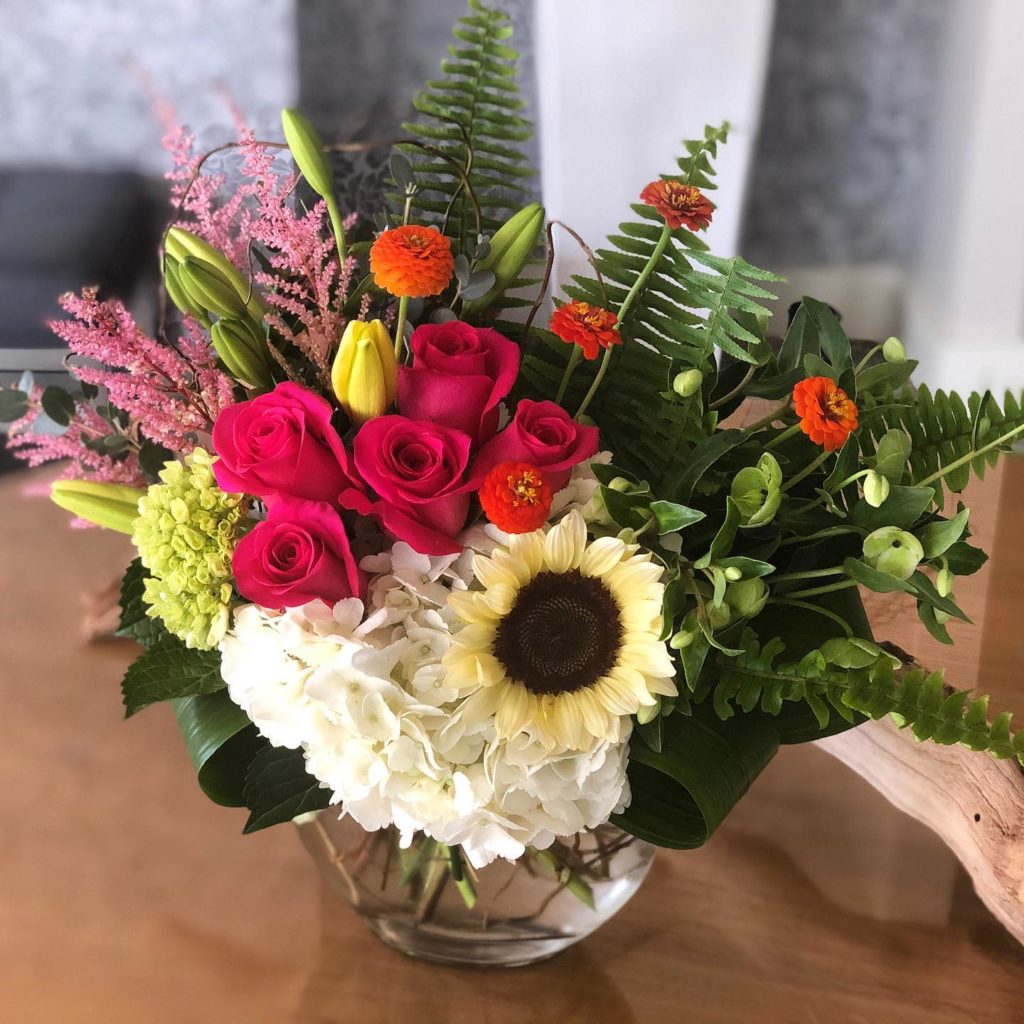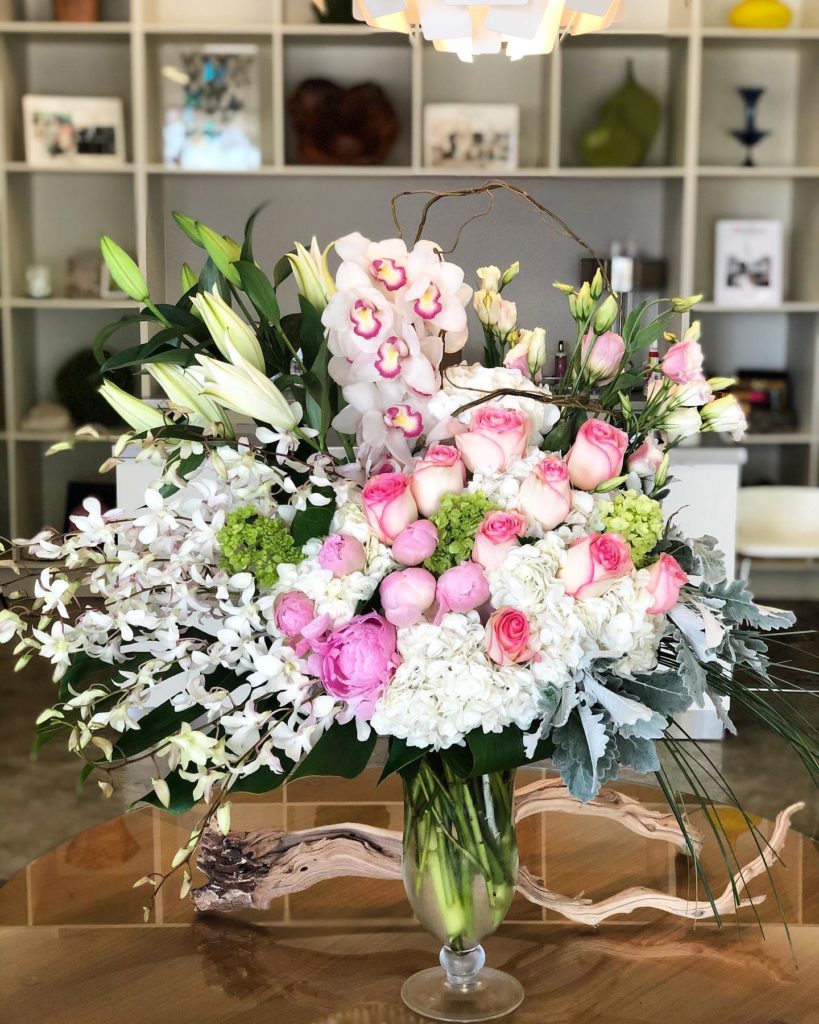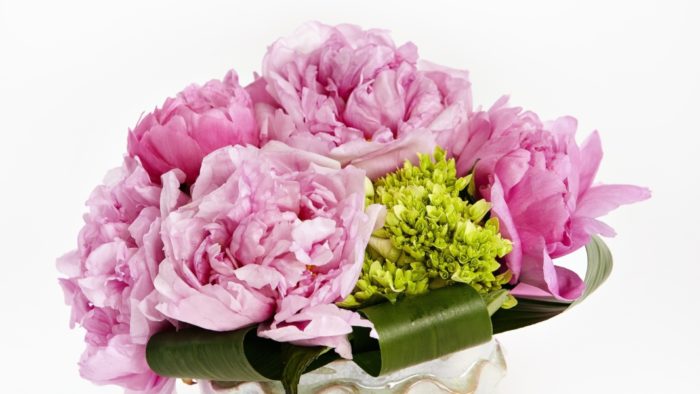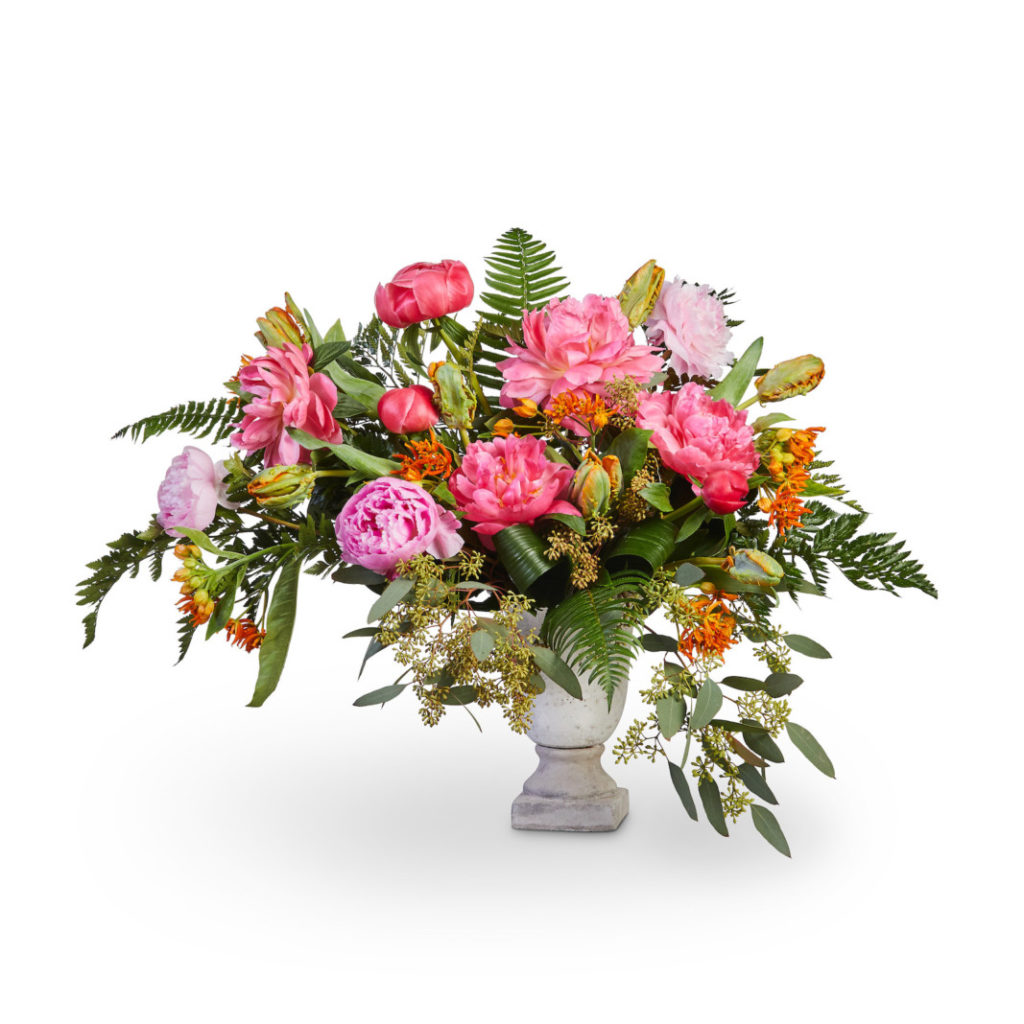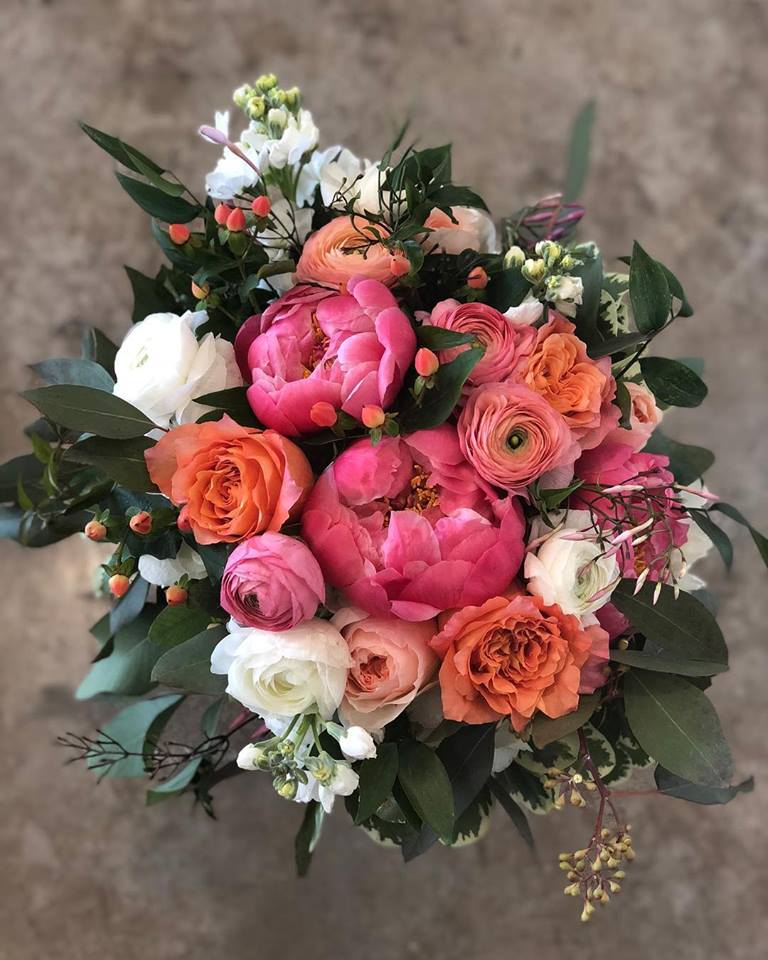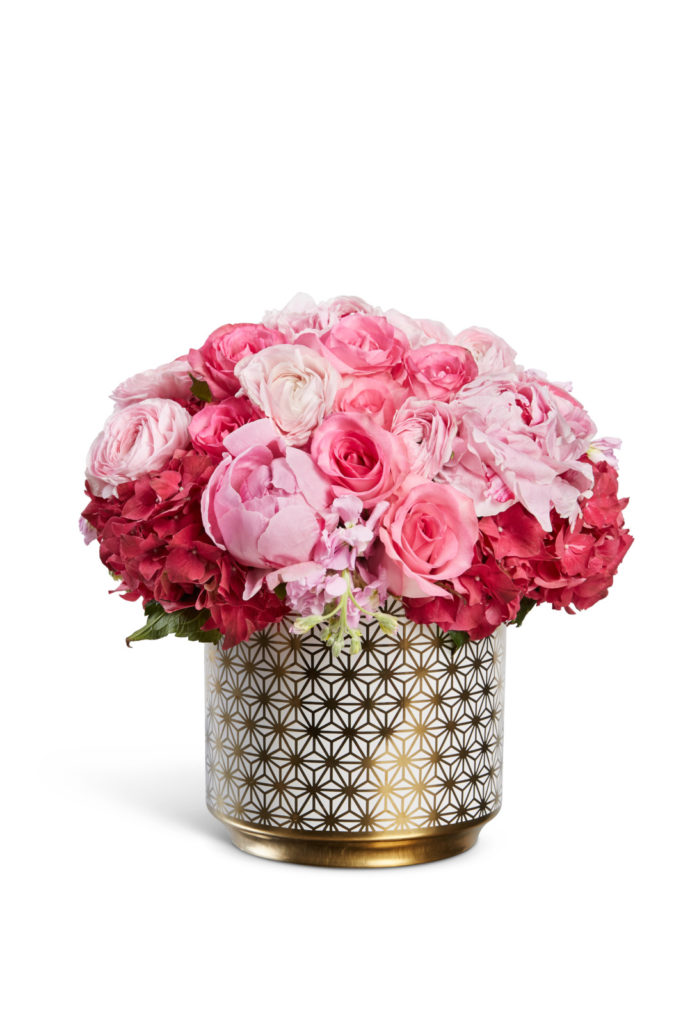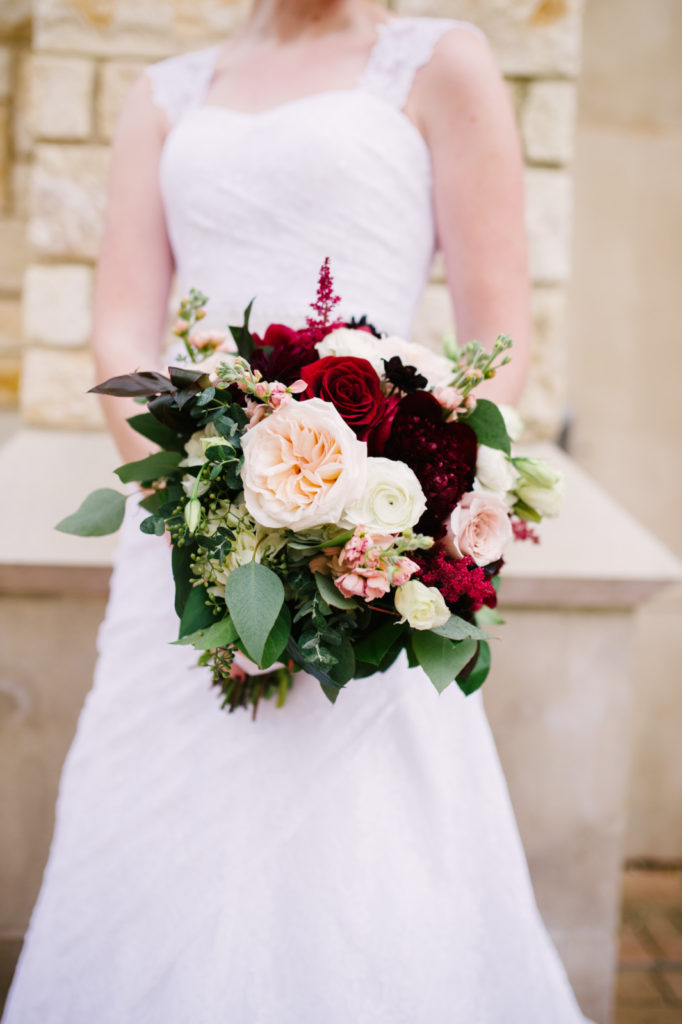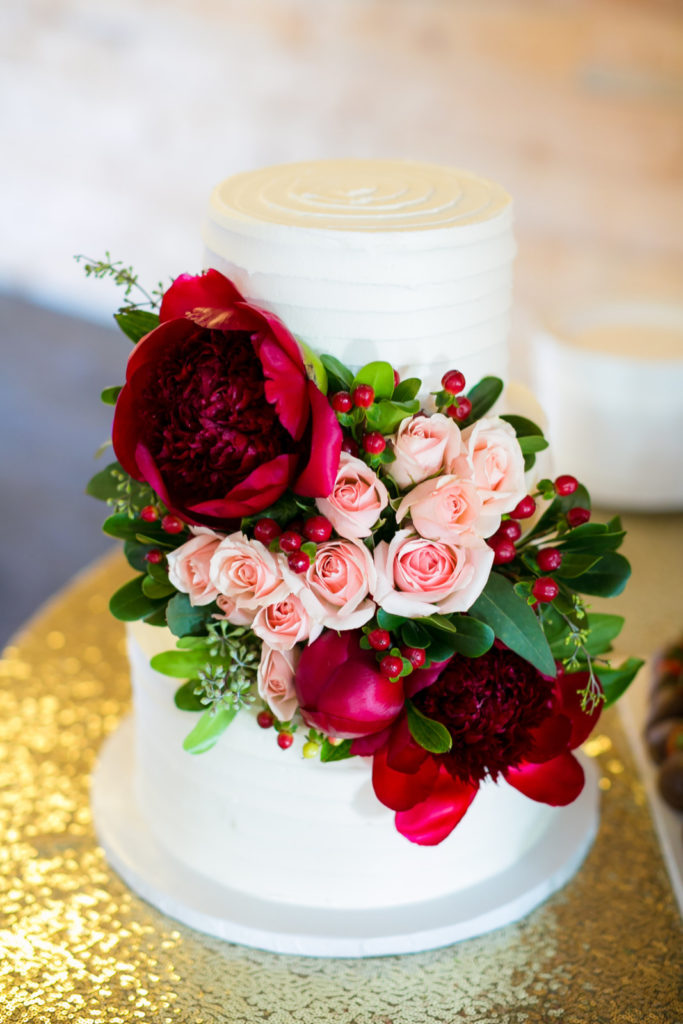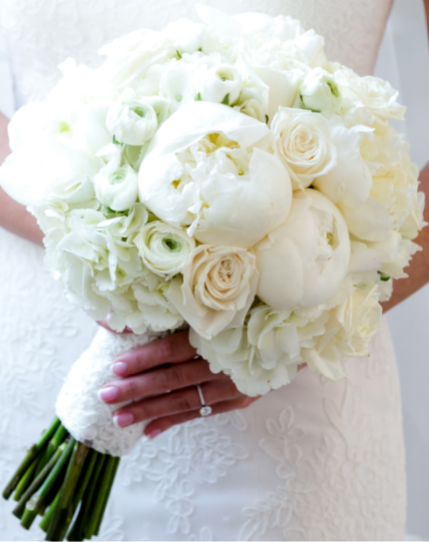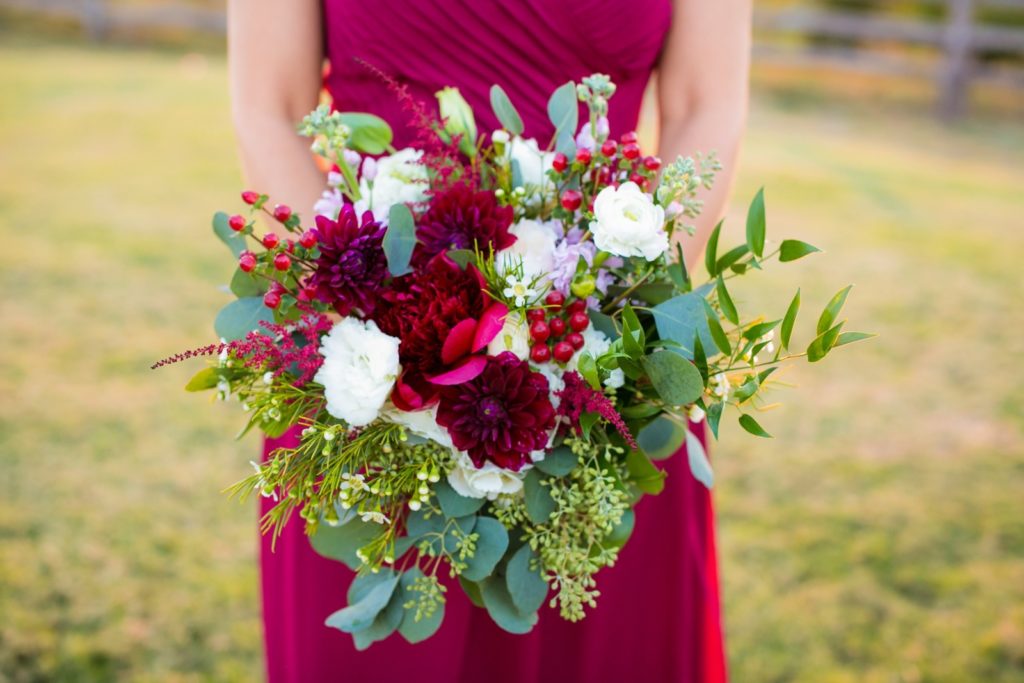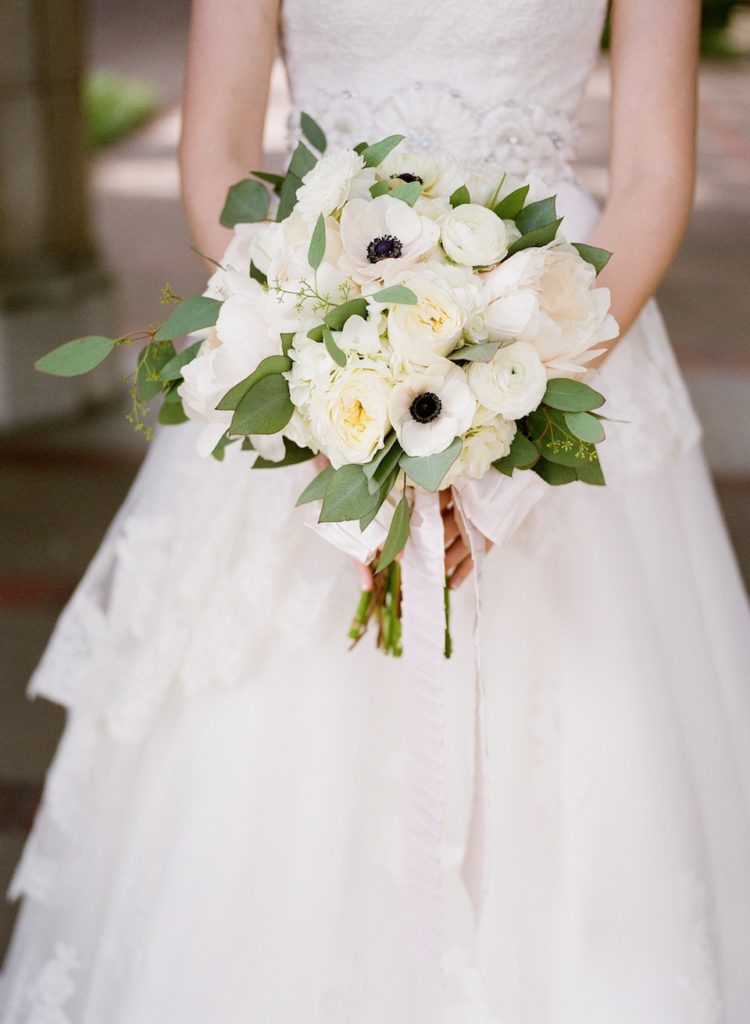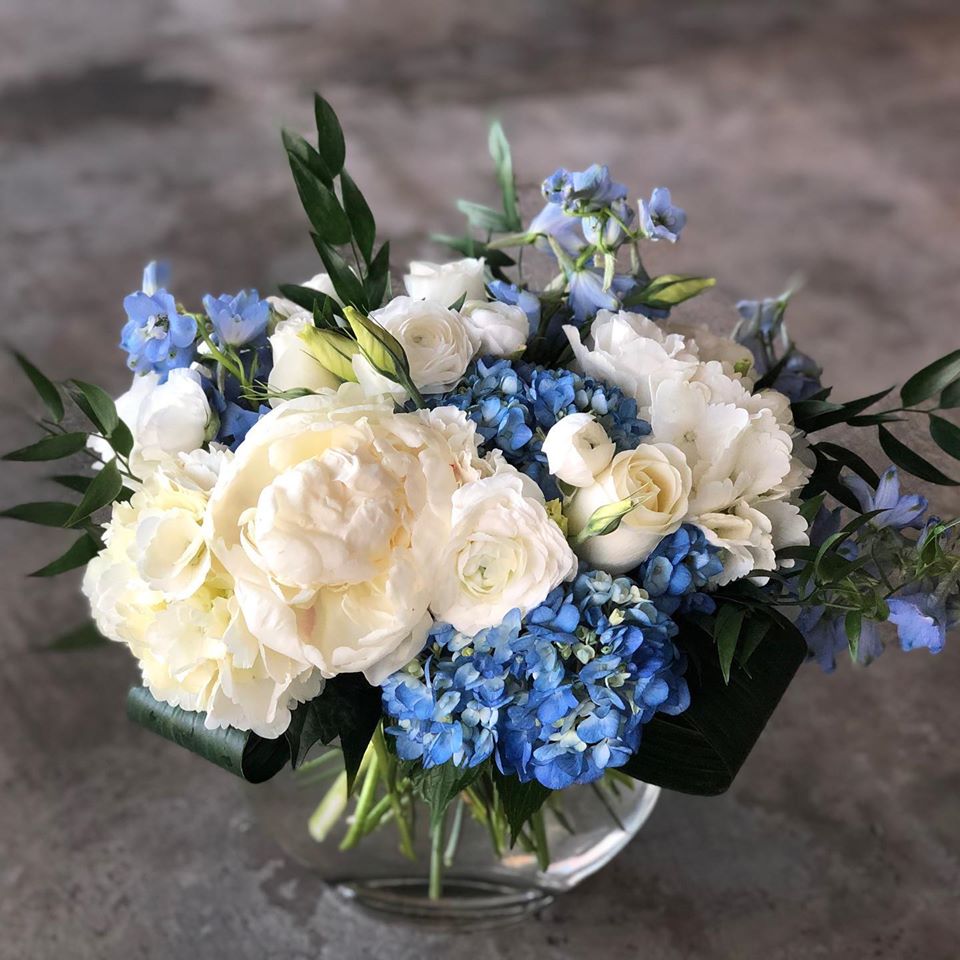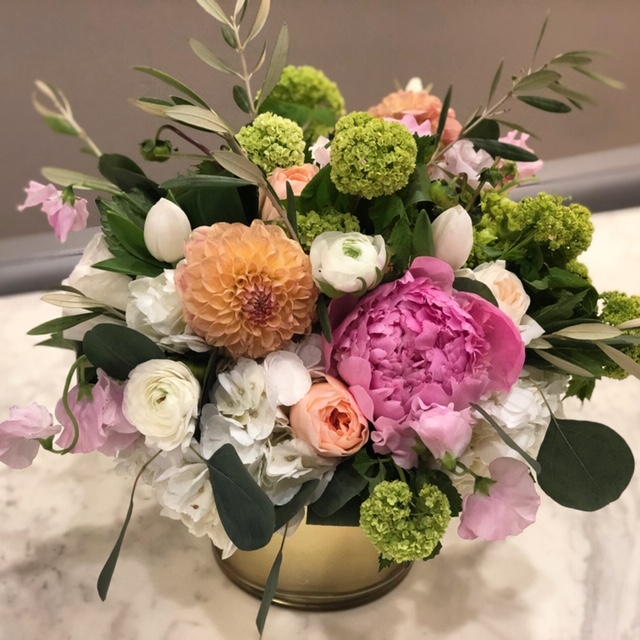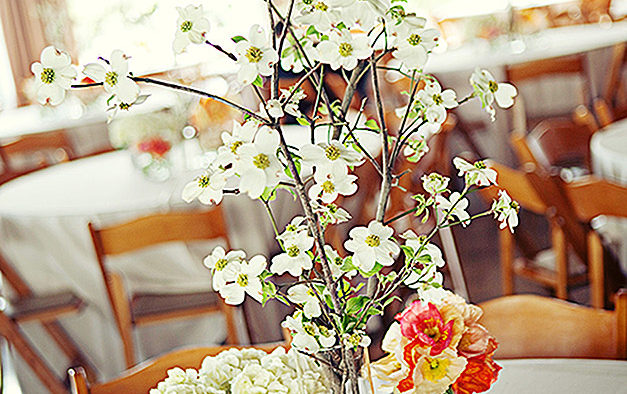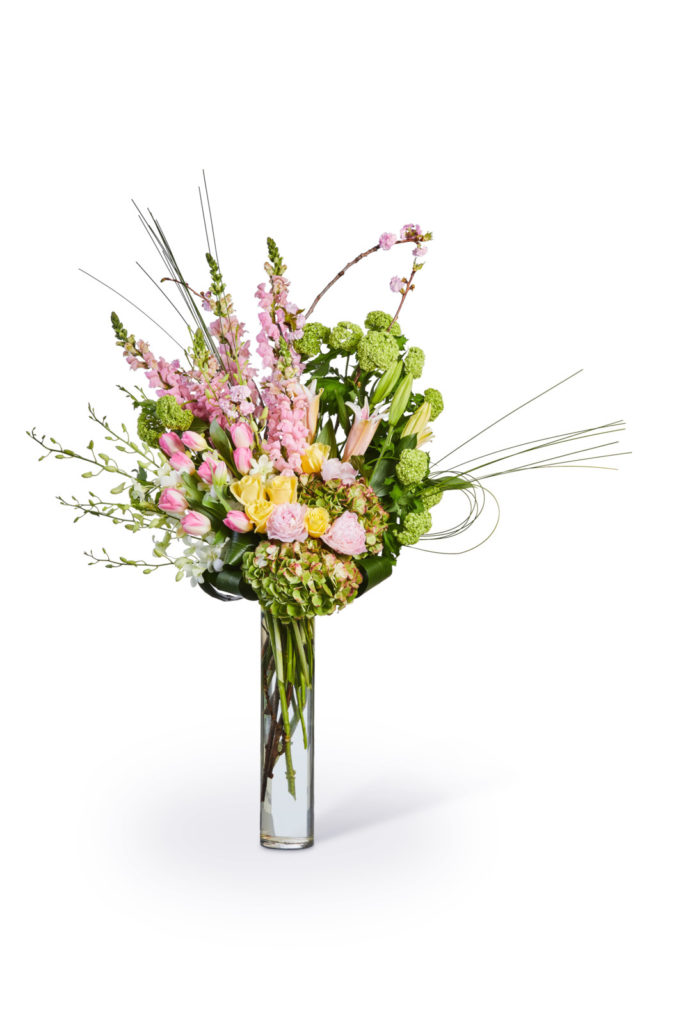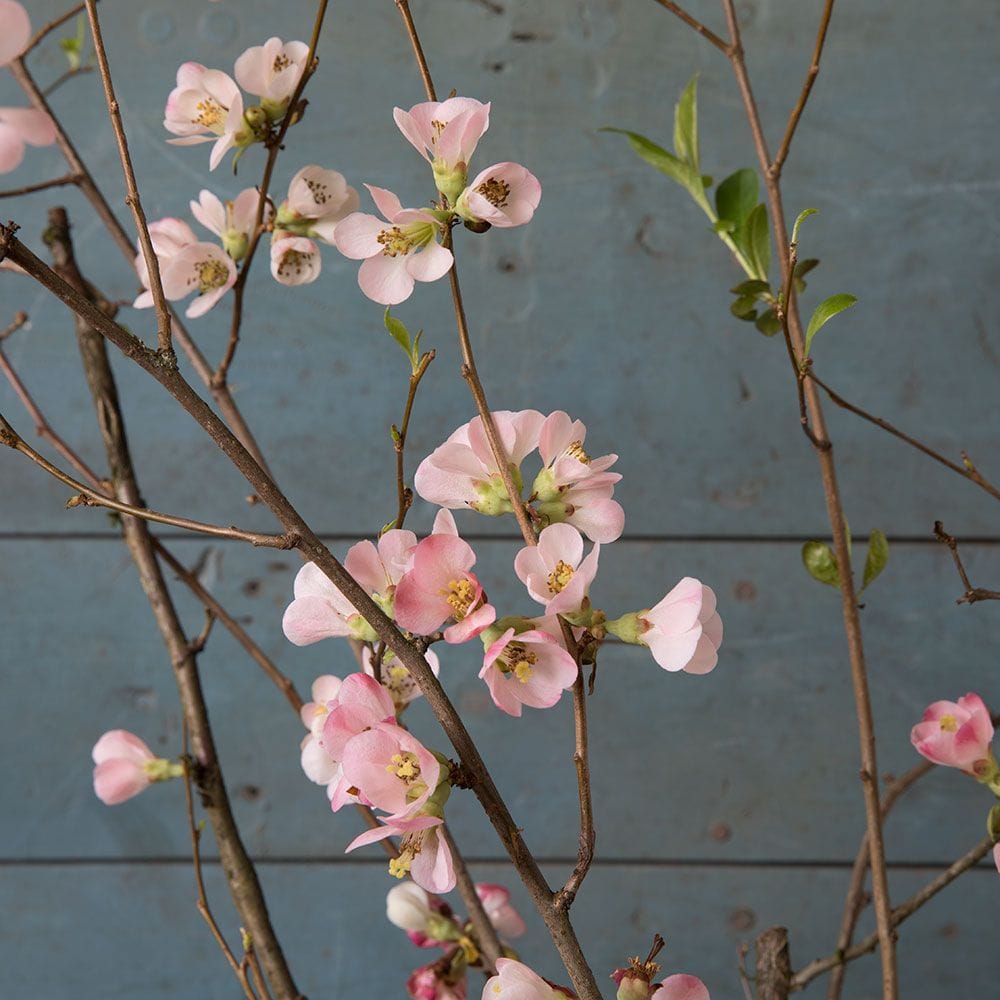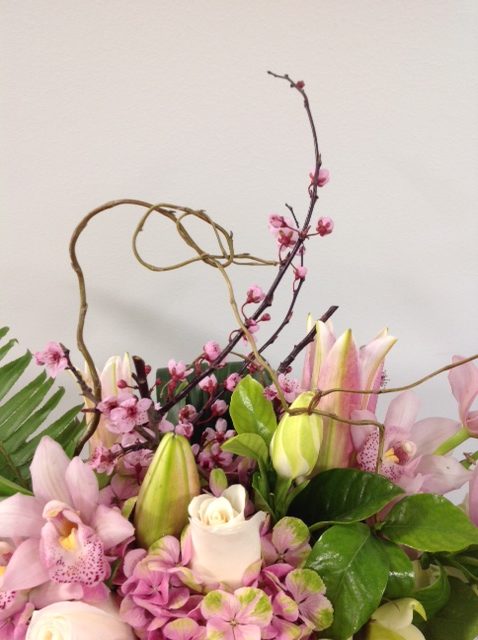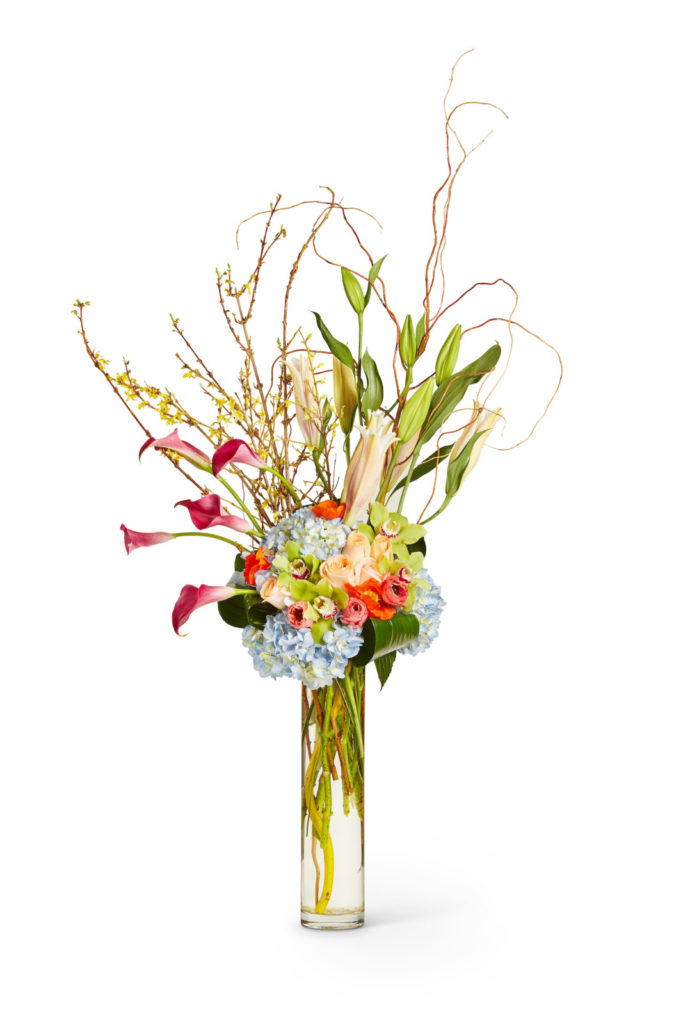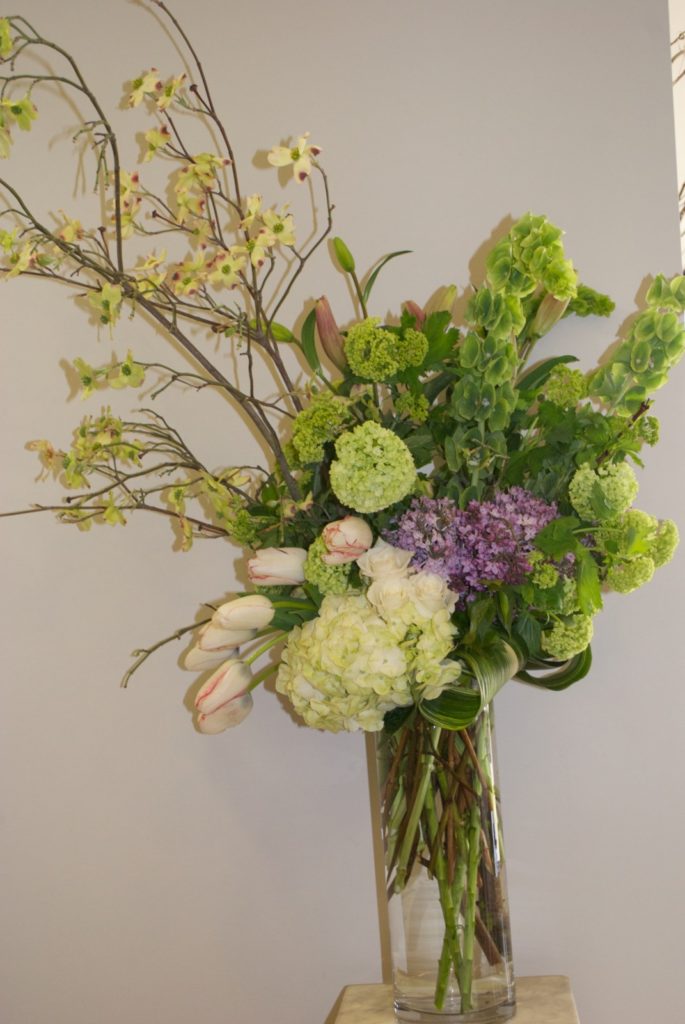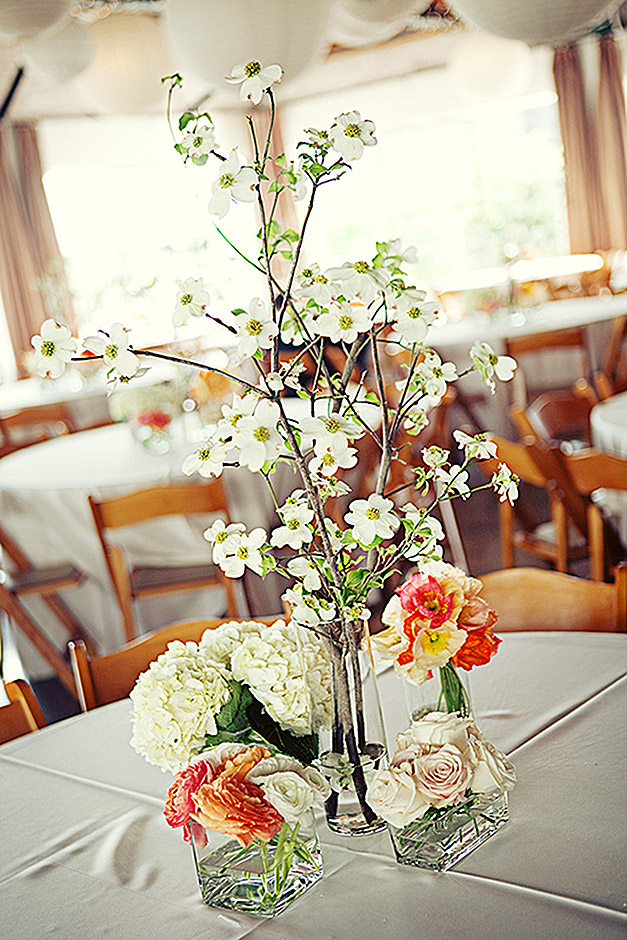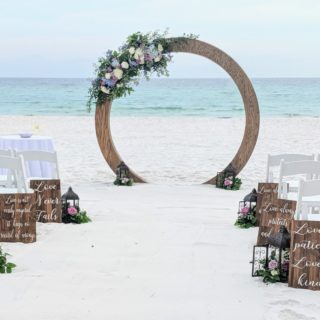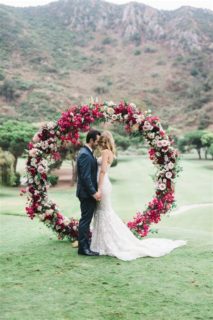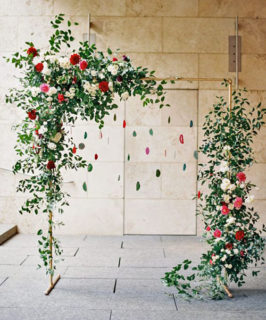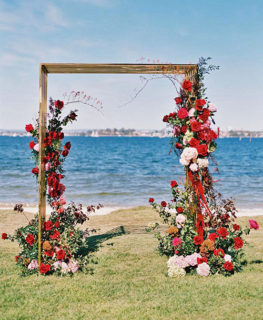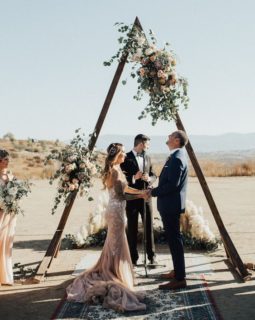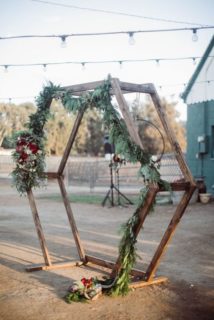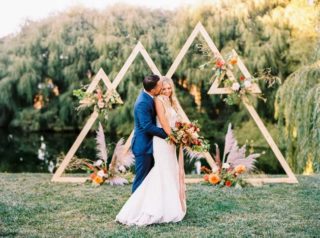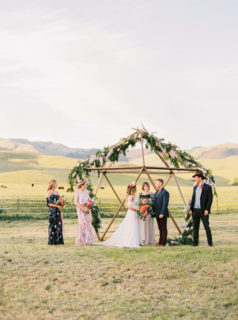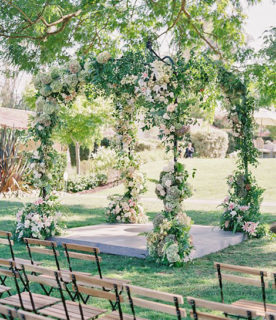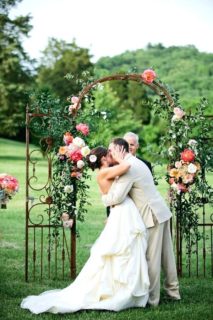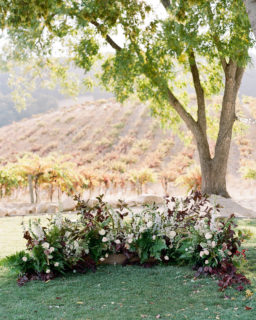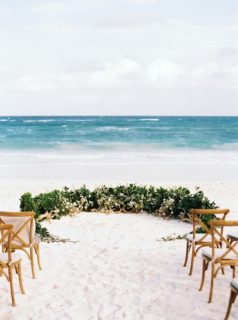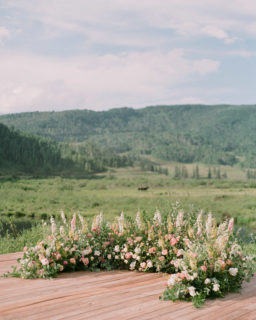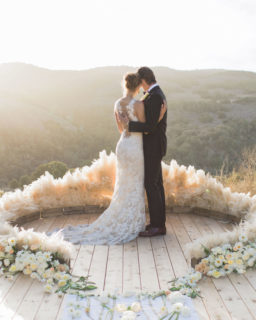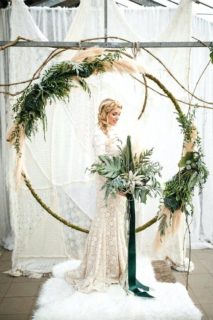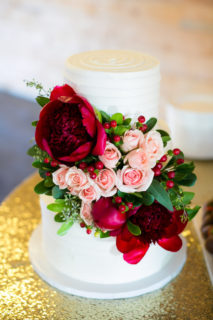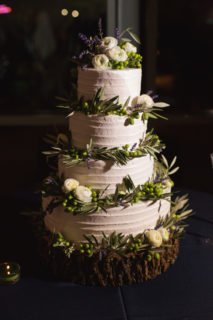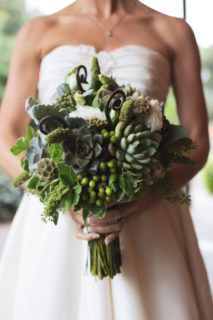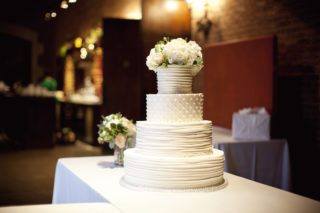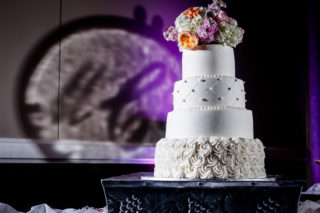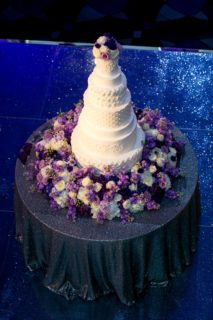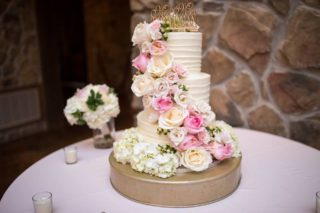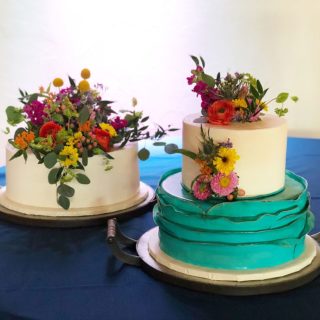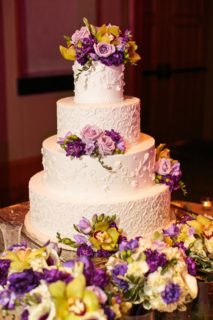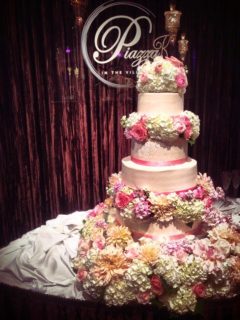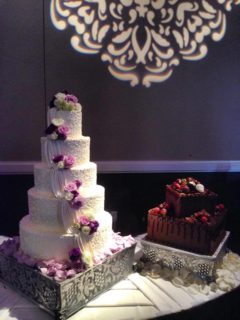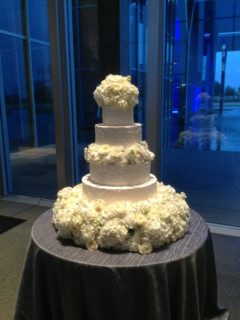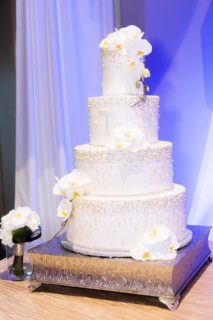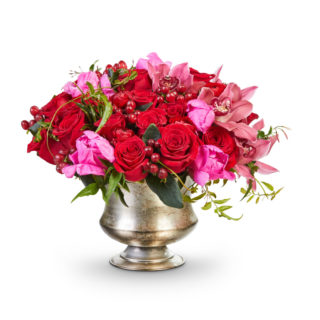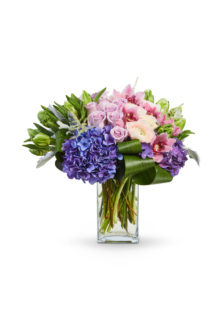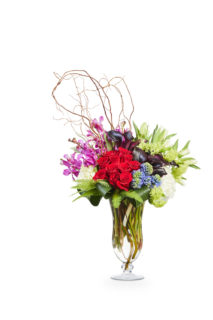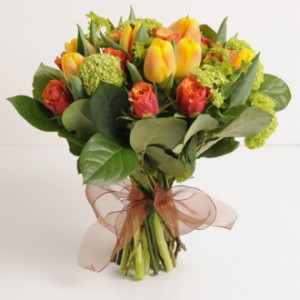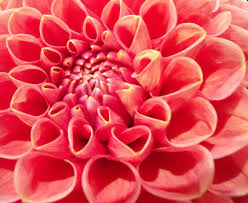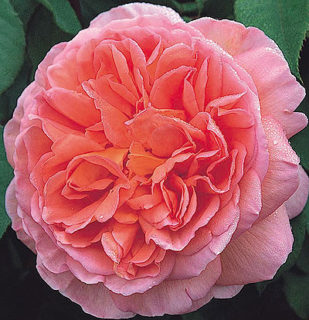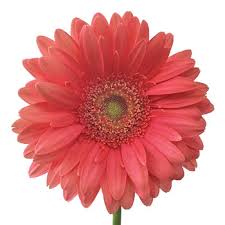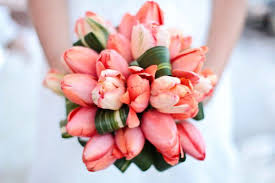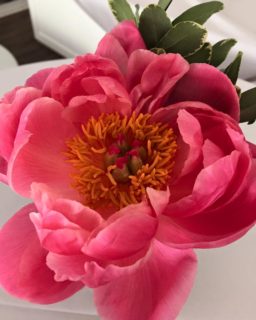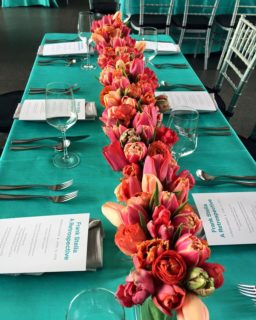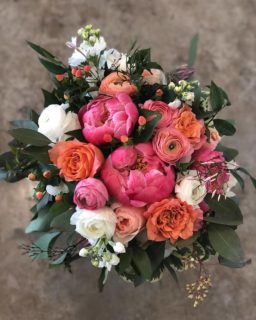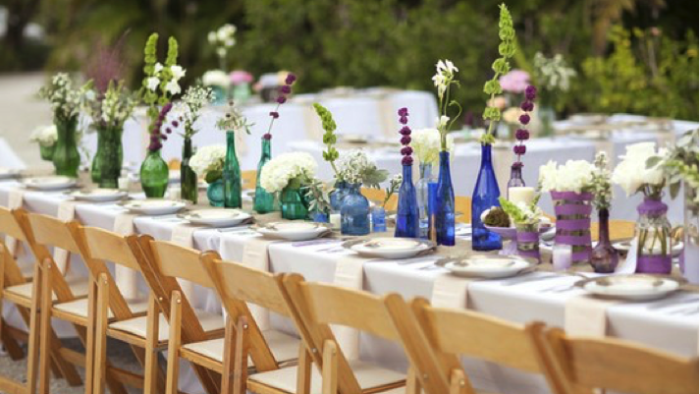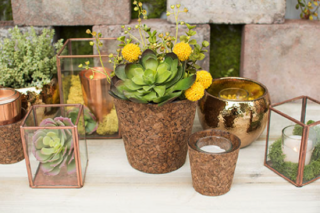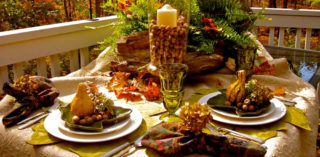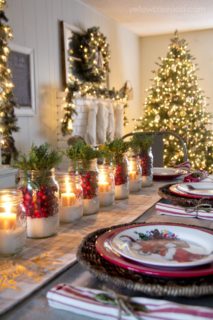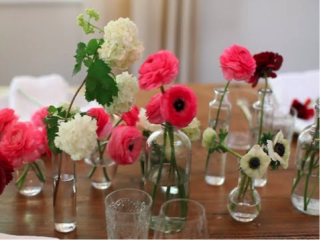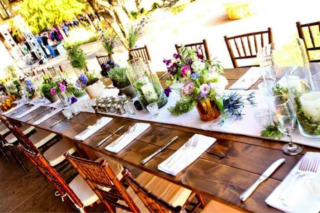For only the second time in 20 years, the Pantone Color Institute has selected not one, but two independent shades as its Color of the Year 2021. This year’s color winners are: Ultimate Gray and Illuminating. Perhaps the underlying message is that we are ready to emerge from the “gray” 2020 period into a brighter, sunnier 2021. Or, maybe gray can be viewed as a stable and solid hue, while yellow points to optimism and hope. The two colors, used together, create balance.

The union of an enduring Ultimate Gray with the vibrant yellow Illuminating expresses a message of positivity supported by fortitude. Practical and rock solid but at the same time warming and optimistic, this is a color combination that gives us resilience and hope. We need to feel encouraged and uplifted; this is essential to the human spirit.
Leatrice Eiseman, Executive Director of The Pantone Color Institute
Yellows and Grays, Let Me Count the Ways
For more than 20 years, The Pantone Color of the year has influenced product development and purchasing decisions in a wide array of industries, including fashion, commercial and industrial design, home decor, and product packaging. There are other color systems, but the Pantone color matching system is the most internationally recognized standard.





“Language of color is really important for anybody who makes product. Anyone who designs product not in their garage, but through some sort of a supply chain where they’re going to lose control of that color design, they need a language to use with the supplier and say, ‘This is the color that I need.’ It’s very difficult to just send them a sample and say, ‘Give me that color.’ ”
Ron Potesky, a former senior vice president at Pantone
The annual selection is made through trend analysis and color influences, also taking into account world events and socio-economic conditions. Influences include art and films, fashion, social media platforms, and leisure and travel trends. The 2020 selection, Classic Blue, was a return to timeless tradition, while the 2019 pick, Living Coral, represented our changing environment.
Floral Pairings
The annual Pantone pick even influences the floral industry, as event planners incorporate the color trends into special events. Brides also tend to look to the trends when selecting wedding colors. Florals are easy to come by in yellow shades. Roses, lilies, chrysanthemums, tulips, daffodils, sunflowers, orchids and ranunculus are only a few of the floral varieties available in sunny yellow. While there aren’t many gray flowers (not fresh varieties, at least), floral designers can add touches of gray using dusty miller, lamb’s ear or silver sage.




Once the Color of the Year is announced in December, it takes a little time for product manufacturers and design professionals to put products on the shelves, racks and showroom floors. As we near the second quarter of 2021, you are likely noticing the use of grays and yellows, both individually and paired. Gray has been a staple in design for several years now, but combining it with yellow gives it a fresh take.
Lilium Floral Design is on top of the trends in the floral and event industries, and we can help you incorporate the 2021 Colors of the Year into your upcoming event. Visit our website, or call us at 817-481-1565.

